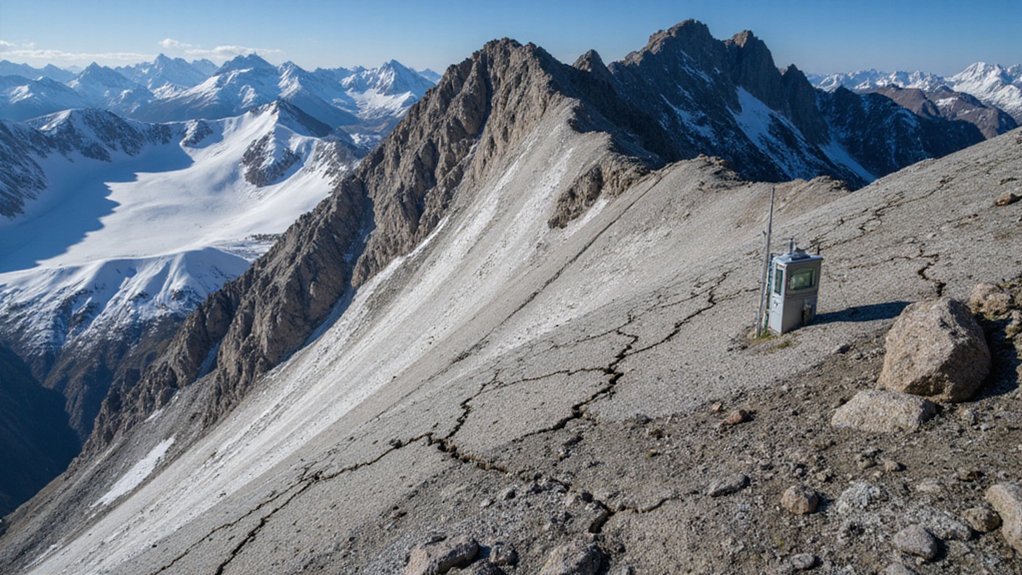Most satellites orbiting Earth right now are basically space zombies—dead, drifting, and dangerous. They’re floating around up there, waiting to smash into something important.
Space zombies multiply daily—dead satellites waiting to obliterate everything we’ve built up there.
And guess what? Between 20% and 65% of satellites in Low Earth Orbit actually try to dispose of themselves properly when they die. That’s a pretty wide range. Not exactly confidence-inspiring.
The international guidelines say we need 90% compliance for disposal in protected orbits. Eventually, they want near 100%. Good luck with that. Current measures aren’t cutting it—they might slow debris growth, but they’re not actually reducing the junk pile circling our planet.
Here’s where it gets interesting. Companies are finally getting creative. ClearSpace is building robotic arms and claws to grab dead satellites. Others are experimenting with laser nudges—basically using lasers to gently push small debris out of the way. It’s cheaper than sending up a cleanup crew.
Space tugs can dock with defunct satellites and drag them down. Even NASA admits removing debris, especially the tiny stuff we can’t track, makes space immediately safer.
Modern satellites come with built-in suicide switches now. Self-deorbiting features, deployable sails, propulsion systems for controlled re-entry. Some use biodegradable materials that won’t create as much mess when they burn up.
AI helps mega-constellations dodge each other. Reusable rockets and maneuverable satellites mean less new junk.
The International Space Station dodges debris regularly. That’s routine now. Spacecraft need shielding just to survive up there. AI tracking systems predict collisions before they happen. The strategy? Remove the biggest, most collision-prone objects first.
Money talks, and NASA’s models show debris removal pays for itself within 3-4 years. Removing the 50 largest objects through controlled re-entry could recover costs quickly. Small debris removal shows net benefits within a decade, according to NASA’s latest financial analysis—the first of its kind from the agency.
But here’s the twist—policy frameworks are lagging way behind commercial activities. There are massive enforcement gaps. ESA’s Space Debris Office tracks this growing crisis, releasing its ninth edition report in March 2025 documenting the escalating debris population.
America can’t wait for perfect international collaboration. Standardized global regulations would be nice, but while bureaucrats debate, space gets more dangerous every day.
The choice is simple: clean up now or risk losing access to space forever. Space zombies don’t negotiate.
References
- https://www.sdo.esoc.esa.int/environment_report/Space_Environment_Report_latest.pdf
- https://orbitaldebris.jsc.nasa.gov/library/un_report_on_space_debris99.pdf
- https://fas.org/publication/how-do-you-clean-up-170-million-pieces-of-space-junk/
- https://sdup.esoc.esa.int/discosweb/statistics/
- https://vivatechnology.com/news/how-businesses-are-capturing-and-mitigating-space-debris








